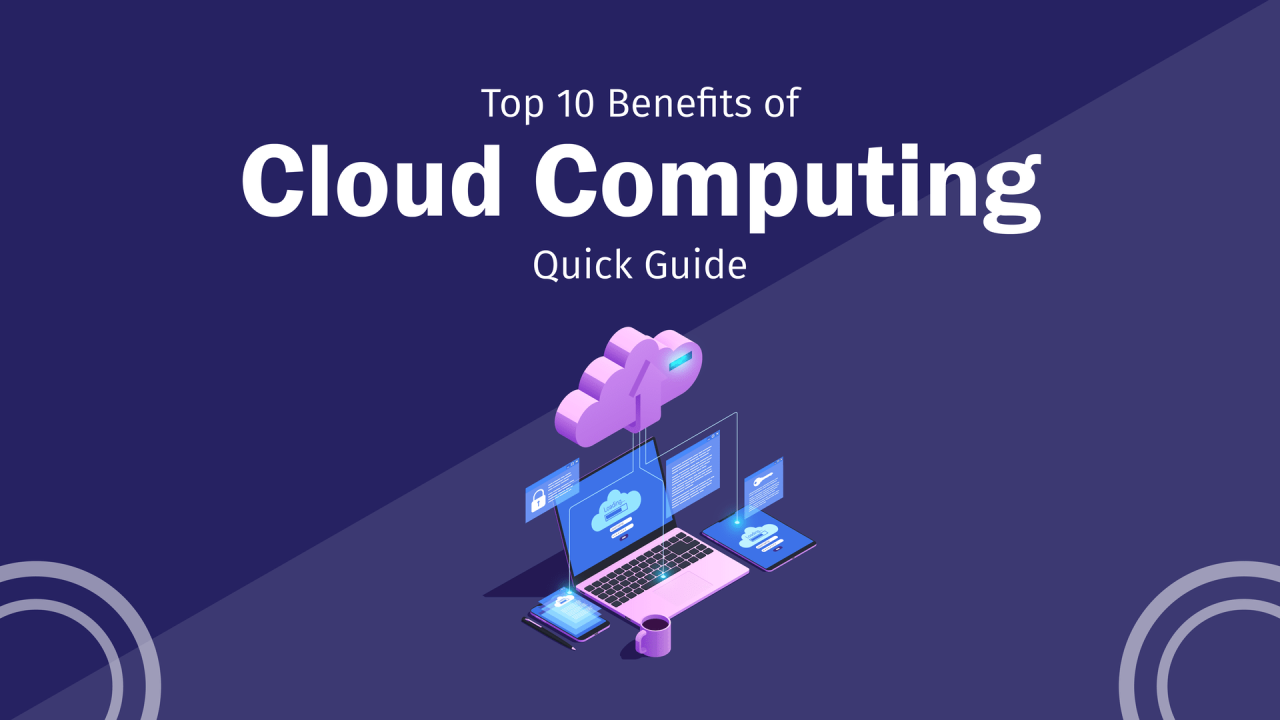
Cloud computing is a technology that allows individuals and organizations to access and use computing resources over the internet. Instead of relying on local servers or personal devices to store and process data, cloud computing provides on-demand access to a range of computing services, including servers, storage, databases, networking, software, and analytics.
Here’s a breakdown of key aspects of cloud computing:
- On-Demand Resources: Users can access and scale resources like computing power and storage as needed, without having to invest in physical hardware or manage infrastructure.
- Pay-As-You-Go: Cloud services typically operate on a pay-as-you-go model, meaning users only pay for the resources they use. This can lead to significant cost savings compared to maintaining on-premises infrastructure.
- Accessibility: Cloud services are accessible from anywhere with an internet connection, enabling remote work and collaboration. This accessibility also supports mobile and web applications.
- Scalability: Cloud computing provides the ability to scale resources up or down based on demand. This flexibility allows businesses to handle varying workloads and optimize resource use.
- Managed Services: Cloud providers manage the underlying infrastructure, including maintenance, upgrades, and security, allowing users to focus on their applications and data rather than hardware management.
- Types of Cloud Services:
- Infrastructure as a Service (IaaS): Provides virtualized computing resources over the internet, such as virtual machines, storage, and networks.
- Platform as a Service (PaaS): Offers a platform for developing, running, and managing applications without dealing with the underlying infrastructure.
- Software as a Service (SaaS): Delivers software applications over the internet, eliminating the need for local installation and maintenance.
- Deployment Models:
- Public Cloud: Services are provided over the internet and shared across multiple organizations.
- Private Cloud: Services are maintained on a private network, dedicated to a single organization, offering greater control and security.
- Hybrid Cloud: Combines public and private clouds, allowing for greater flexibility and optimization of existing infrastructure.
Top 10 benefits of cloud computing for the financial sector.
1. Enhanced Data Security
Security is paramount in the financial sector, and cloud computing delivers robust solutions. Advanced encryption, multi-factor authentication, and compliance with industry standards ensure that sensitive data is protected. Cloud providers invest heavily in security measures, often exceeding the capabilities of individual financial institutions.
2. Scalability and Flexibility
Cloud computing offers unparalleled scalability, allowing financial institutions to easily adjust their resources based on demand. Whether it’s handling peak transaction volumes or expanding services, cloud solutions provide the flexibility to scale up or down without the need for substantial hardware investments.
3. Cost Efficiency
Traditional IT infrastructure involves significant capital expenditure on hardware and maintenance. Cloud computing shifts these costs to a pay-as-you-go model, reducing upfront investments and operational expenses. Financial institutions only pay for the resources they use, leading to significant cost savings.
4. Enhanced Data Analytics
Cloud computing enables financial institutions to leverage big data analytics to gain valuable insights. With access to powerful analytics tools and vast amounts of data, institutions can make informed decisions, identify trends, and predict market movements with greater accuracy.
5. Improved Customer Experience
Cloud-based solutions enable financial institutions to deliver a seamless and personalized customer experience. By utilizing cloud technology, banks and financial services can offer real-time account information, faster transactions, and personalized recommendations, enhancing overall customer satisfaction.
6. Disaster Recovery and Business Continuity
Cloud computing provides robust disaster recovery and business continuity solutions. With data backed up in multiple locations, financial institutions can quickly recover from disruptions or outages, ensuring minimal impact on operations and maintaining service availability.
7. Regulatory Compliance
Navigating regulatory requirements is a challenge for financial institutions. Cloud providers often have dedicated teams ensuring compliance with industry regulations and standards. This support helps institutions manage compliance more effectively and reduces the risk of regulatory breaches.
8. Faster Innovation
The cloud accelerates innovation by providing access to the latest technologies and development tools. Financial institutions can quickly deploy new applications, services, and updates, allowing them to stay ahead of competitors and respond to market changes more rapidly.
9. Remote Accessibility
With cloud computing, financial professionals can access data and applications from anywhere with an internet connection. This remote accessibility supports a more flexible workforce and enhances collaboration among teams, driving productivity and efficiency.
10. Sustainability and Environmental Impact
Cloud computing contributes to sustainability by optimizing resource usage and reducing the carbon footprint. Cloud providers use energy-efficient data centers and implement green practices, helping financial institutions lower their environmental impact and support corporate social responsibility goals.
The integration of cloud computing into the financial sector offers transformative benefits, from enhanced security and cost efficiency to improved customer experiences and disaster recovery. As financial institutions continue to embrace cloud technology, they position themselves to not only navigate the complexities of the modern financial landscape but also to thrive in a competitive and dynamic environment. Embracing the benefits of cloud computing is not just a strategic advantage—it’s a necessity for future success in the financial sector.


